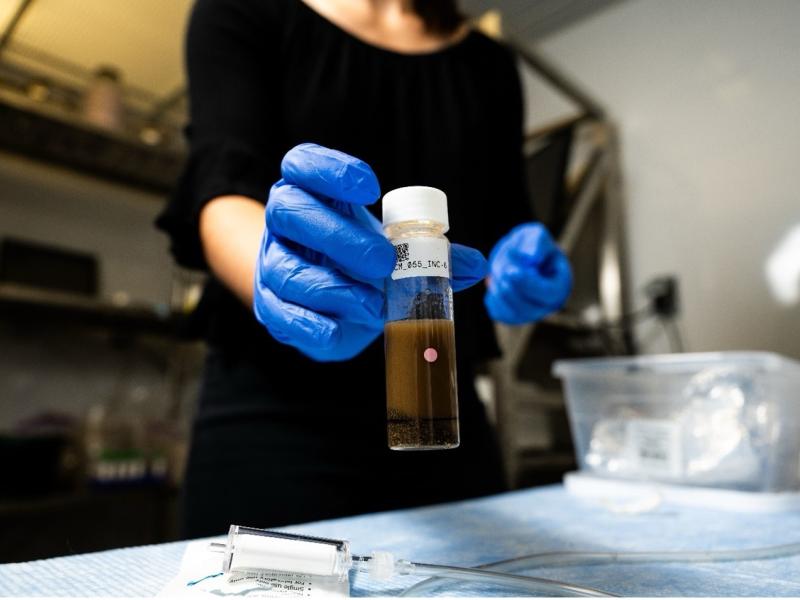
Earth & Coastal
Sciences
Earth & Coastal
Sciences
Improving our understanding
of the Earth system
Improving our understanding
of the Earth system
Hundreds of scientists at PNNL explore key questions about Earth systems—from aquifers to the atmosphere, including the plants, soils, coastal areas and all the environmental science in between.
The Earth system—including the atmosphere above us, aquifers far beneath our feet, and everything in between—is constantly evolving. Understanding this dynamic system, and how it interacts with human activities, is critical to expanding affordable, reliable, and safe access to energy. Knowledge of Earth systems can also help us calculate natural disaster risks, project future water availability, and predict the future evolution of coupled Earth-energy systems.
Pacific Northwest National Laboratory (PNNL) is home to hundreds of scientists tackling key questions about Earth systems—from plants to the atmosphere, and from subsurface zones to coastal areas. We’re in the air, taking sophisticated measurements of clouds and tiny atmospheric particles called aerosols in places like the Amazon. We’re wading into the nearby Columbia River and related watersheds to study the complex processes that occur at the interface between water and land. And we’re on the Olympic Peninsula and in the Great Lakes region, deploying instruments to better understand how ecosystems respond to multiple stresses at the terrestrial–aquatic interface.
We can also be found developing and using a wide range of advanced measurement systems and computational models. PNNL manages two Department of Energy scientific user facilities—the Environmental Molecular Sciences Laboratory and the Atmospheric Radiation Measurement user facility—that provide wide-ranging capabilities for probing different aspects of Earth system science.
The Joint Global Change Research Institute, a collaboration between PNNL and the University of Maryland conducts research to advance fundamental understanding of human and Earth systems and provide information related to global change, energy, and environment that is unbiased and decision-relevant but not policy prescriptive.
PNNL scientists have leadership roles in the Department of Energy’s Energy Exascale Earth System Model (E3SM) and dozens of other projects focused on improving our predictive understanding of Earth system processes. By coupling novel data collection systems with world-class systems modeling and artificial intelligence applications, PNNL researchers are unleashing the power of prediction for Earth–energy systems.




